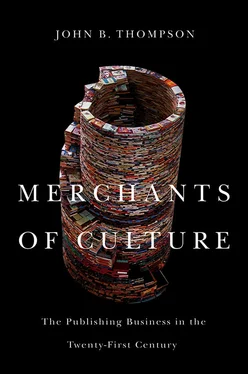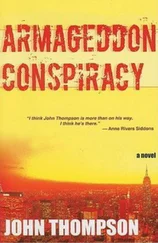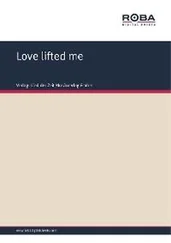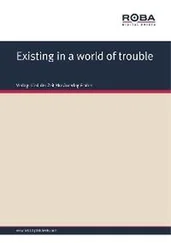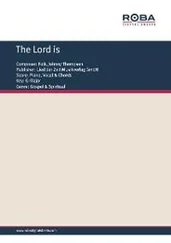1 ...6 7 8 10 11 12 ...22 In addition to the concept of field, there is one other concept, or set of concepts, that we need in order to understand the world of trade publishing – the publishing chain. The publisher is one player in a field, and the way that publishers relate to other players is shaped by a chain of activities in which different agents or organizations perform different roles which are all oriented towards a common goal – namely, the production, sale and distribution of this particular cultural commodity, the book.
The publishing chain is both a supply chain and a value chain . It is a supply chain in the sense that it provides a series of organizational links by means of which a specific product – the book – is gradually produced and transmitted via distributors and retailers to an end user who purchases it. Figure 2 offers a simple visual representation of the book supply chain. The basic steps in the book supply chain are as follows. The author creates the content and supplies it to the publisher; in trade publishing this process is typically mediated by the agent, who acts as a filter selecting material and directing it to appropriate publishers. The publisher buys a bundle of rights from the agent and then carries out a range of functions – reading, editing, etc. – before delivering the final text or file to the printer, who prints and binds the books and delivers them to the distributor, which may be owned by the publisher or may be a third party. The distributor warehouses the stock and fulfils orders from both retailers and wholesalers, who in turn sell books to or fulfil orders from others – individual consumers in the case of retailers, and retailers and other institutions (such as libraries) in the case of wholesalers. The publisher’s customers are not individual consumers or libraries but rather intermediary institutions in the supply chain – namely, the wholesalers and retailers. For most readers, the only point of contact they have with the book supply chain is when they walk into a bookstore to browse or buy a book, or when they browse the details of a book online, or when they check out a book from a library. For the most part they have no direct contact with publishers and know very little about them; their primary interest is in the book and the author, not in the publisher.

Figure 2Book supply chain
The publishing chain is also a value chain in the sense that each of the links purportedly adds some ‘value’ in the process. This notion is more complicated than it might at first seem, but the general idea is clear enough: each of the links performs a task or function which contributes something substantial to the overall task of producing the book and delivering it to the end user, and this contribution is something for which the publisher (or some other agent or organization in the chain) is willing to pay. In other words, each of the links ‘adds value’. If the task or function is not contributing anything substantial, or if the publisher (or other agent) feels that it does not add enough value to justify the expense, then the publisher (or other agent) may decide to cut the link out of the chain – that is, to ‘disintermediate’ it. Technological change may also alter the functions performed by particular links in the chain. The functions of the typesetter, for example, have been radically transformed by the advent of computerization, and some typesetters have sought to take on new functions, such as marking up texts in specialized languages like XML, in order to protect their position (or to reposition themselves) in the value chain.
Figure 3 summarizes the principal tasks or functions in the publishing chain. This diagram is more elaborate than figure 2 because each organization in the supply chain may carry out several functions (the agents or organizations that typically perform the various tasks or functions are indicated in brackets).
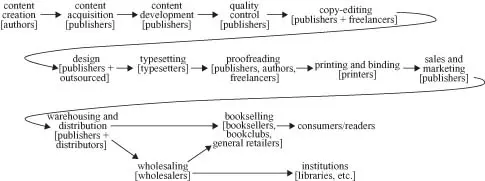
Figure 3Publishing value chain
The starting point of the value chain is the creation, selection and acquisition of content – this is the domain where authors, agents and publishers interact. The interaction is much more complex than it might at first seem. Sometimes it is a simple linear process: the author writes a text, submits it to an agent who takes it on and then sells it to a publisher. But often it is much more complicated than this simple linear process would suggest: an agent, knowing what publishers are looking for, often works closely with his or her clients to help shape their book projects, especially in the area of non-fiction, and proposals may go through multiple drafts before the agent is willing to send them out, or a publisher may have an idea for a book and seek to commission an author to write it, and so on. It is not altogether unhelpful to think of agents and publishers as ‘gatekeepers’ of ideas, selecting those book projects they believe to be worthwhile from the large number of proposals and manuscripts that are submitted to them ‘over the transom’ by aspiring authors and rejecting those that don’t come up to scratch. 10 But even in the world of trade publishing, which probably concurs with this model more closely than other sectors of the publishing industry, the notion of the gatekeeper greatly oversimplifies the complex forms of interaction and negotiation between authors, agents and publishers that shape the creative process.
In trade publishing, both agents and publishers are involved in selecting content, working with authors to develop it and exercising some degree of quality control. The essential difference between the agent and the publisher is that they sit on opposite sides of the table in the market for content: the agent represents the interests of the author and is selecting and developing content with a view to selling it (or, more specifically, selling a bundle of rights to exploit it), whereas the publisher is selecting content with a view to buying it (or buying the bundle of rights) and then developing it for publication. The development of the content will commonly involve reading draft material and editing it (sometimes several times); it may also involve picture research, copyright clearance and various kinds of quality control. Many of the other functions in the publishing chain, such as copy-editing, text and jacket design, proofreading and indexing, will either be handled by specialized staff in-house or will be outsourced, depending on the publisher. Virtually all publishers today outsource typesetting, printing and binding to specialized typesetting firms and printers. Most publishers retain responsibility for sales and marketing, although some smaller publishers may buy in sales and distribution services from specialized firms or from other publishers who take on third-party clients. The sales reps sell to the booksellers, retailers and wholesalers (many smaller booksellers are supplied by wholesalers), and the booksellers and retailers stock the books, display them and seek to sell them to individual consumers/readers. Books are supplied to booksellers, retailers and wholesalers on a sale-or-return basis, so that unsold stock can be returned to the publisher for full credit. 11 The publisher employs a range of marketing and publicity strategies, from advertising and authors’ tours to attempts to get authors on radio and television programmes and to get books reviewed in the national press, in an effort to bring books to the attention of readers and drive sales (or ‘sell-through’) in the bookstores, which is the only way of ensuring that books which have been notionally ‘sold’ into the retail network are not returned to the publisher.
Читать дальше
